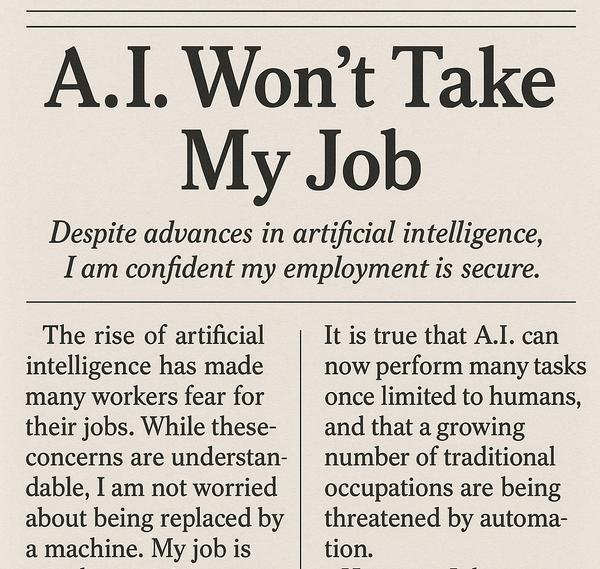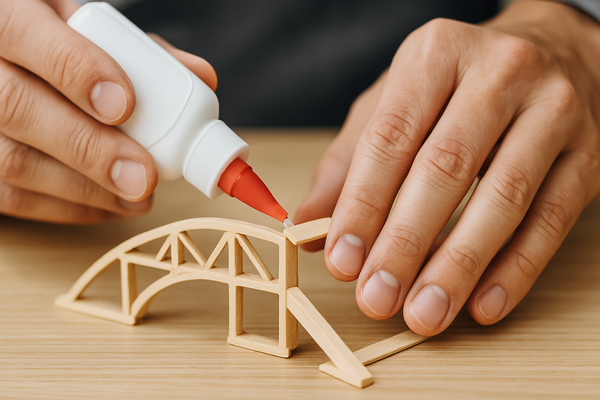How to get better at influence
Six pillars of influence and what it means.

I recently came across Obsidian, a localized writing application with an incredible feature: it visualizes your thoughts and patterns through a dynamic graph. Using this tool, I analyzed the last six months of our newsletter content, which led me to ponder how we process and store information in what some refer to as our second brain.
Cool ain't it? Or am I a nerd? 🤓 From my analysis, I've found that content typically undergoes four phases before becoming a core memory:
- Ad Hoc Notes: Quick scribbles and initial impressions.
- Researched Notes: In-depth notes sourced from formal references such as research papers or subject-matter experts.
- Crystallized Notes: Early synthesis of ideas and findings.
- Formal Notes: Fully processed content, often resulting in published articles or finalized thoughts.
Publishing formal notes requires a level of rigor that I can't maintain weekly, so expect the content to largely fall within the first three categories. How do you process the information you consume daily?
A Trending Theme: Influence Without Authority
This week, an interesting pattern emerged. I received the same question from three different people on the same day:
- A new designer struggling with a challenging assignment outside of their desired design tasks.
- A designer clashing with stakeholders who are imposing unwanted changes.
- A researcher looking to advance their career and gain broader adoption for their vision.
All of these questions circle back to one theme: Influence Without Authority. This means you are not in a position to give orders, make decisions, and have little control of the outcome. I've been contemplating this topic for the past two months, particularly focusing on people with low agency—those who procrastinate, lack confidence, and avoid risks because they feel powerless. They lacked knowledge about how to influence.





